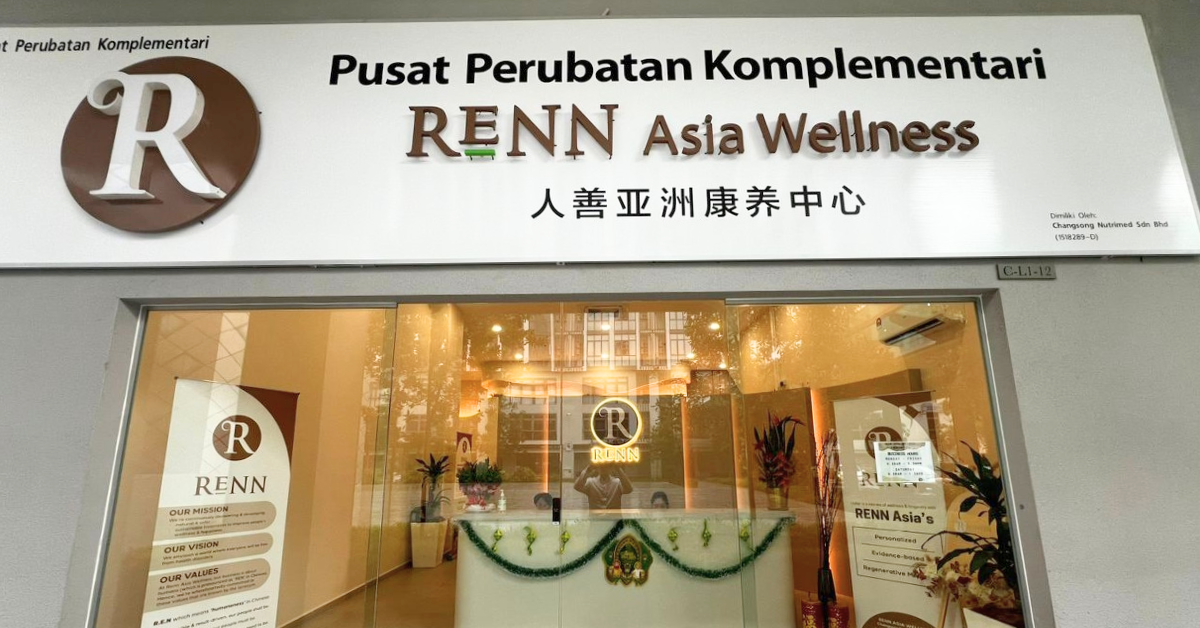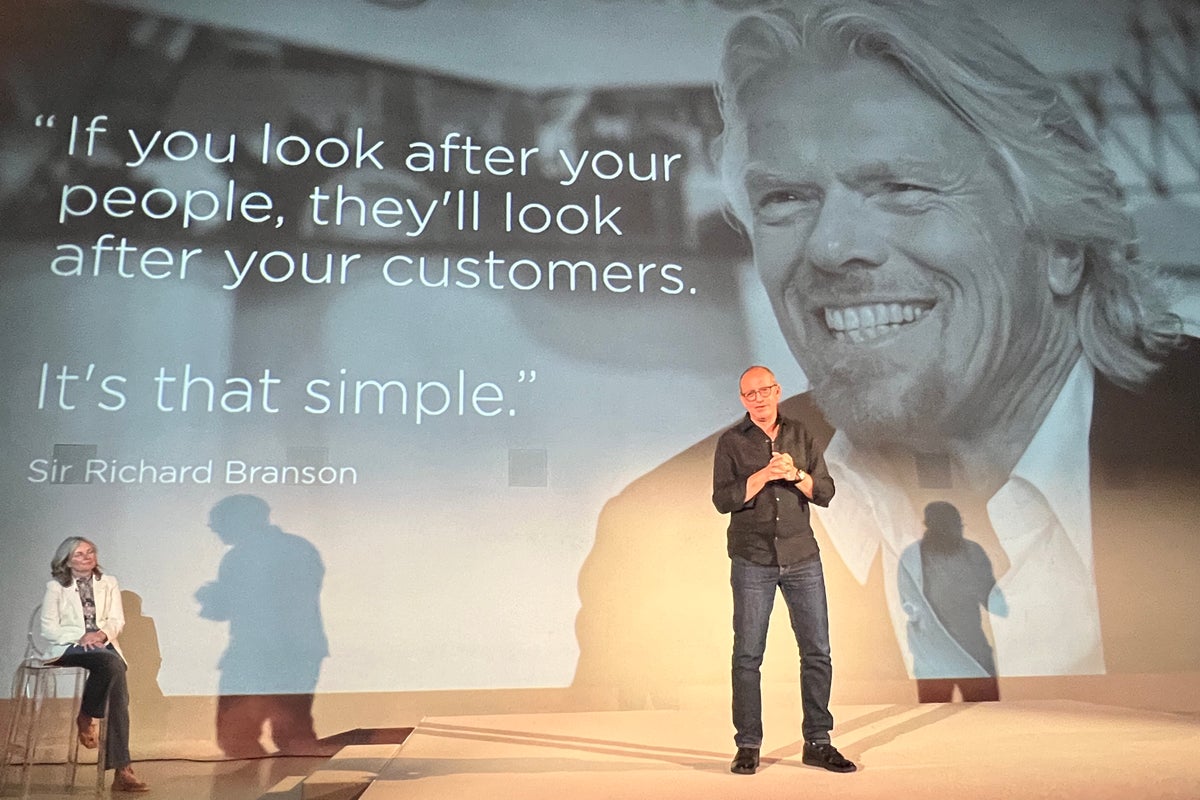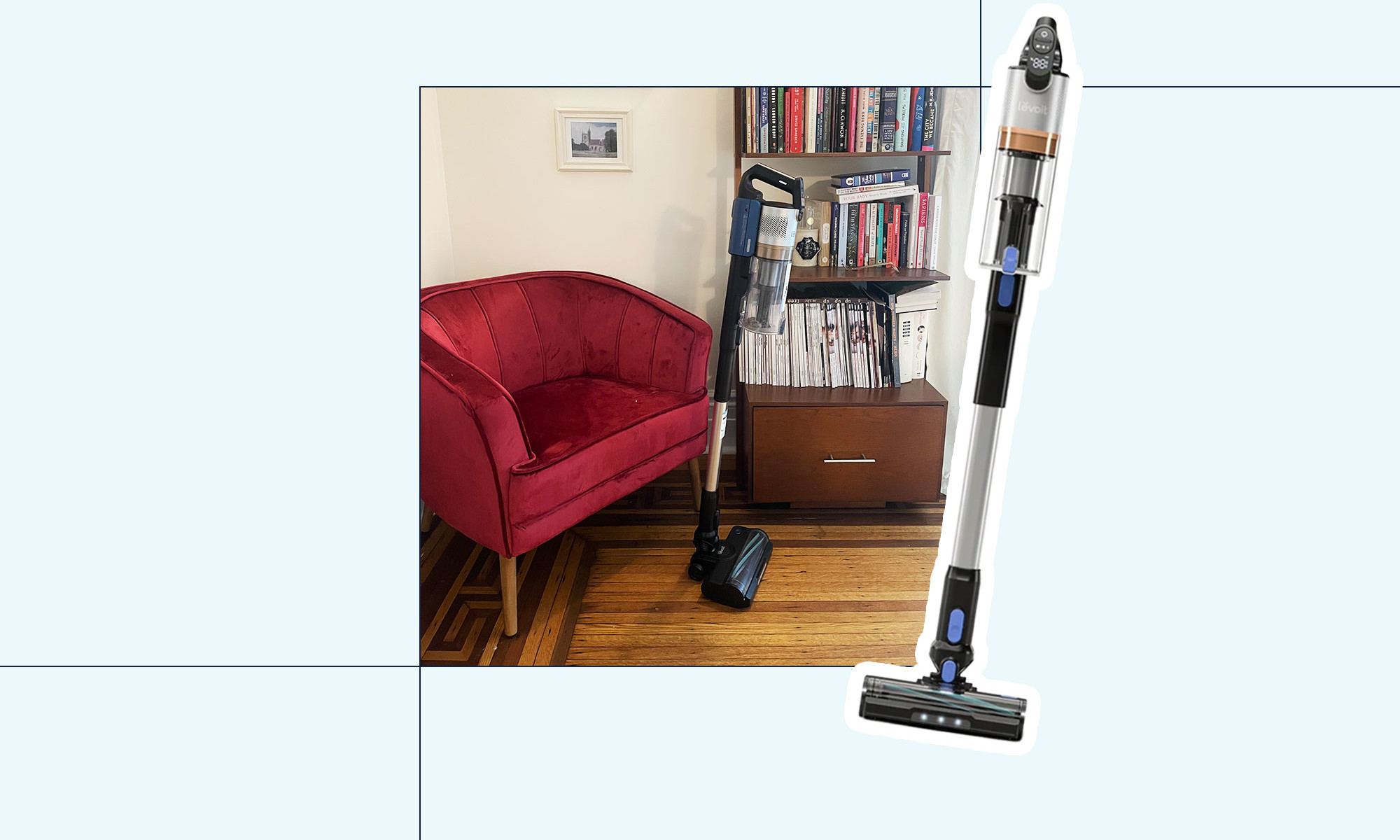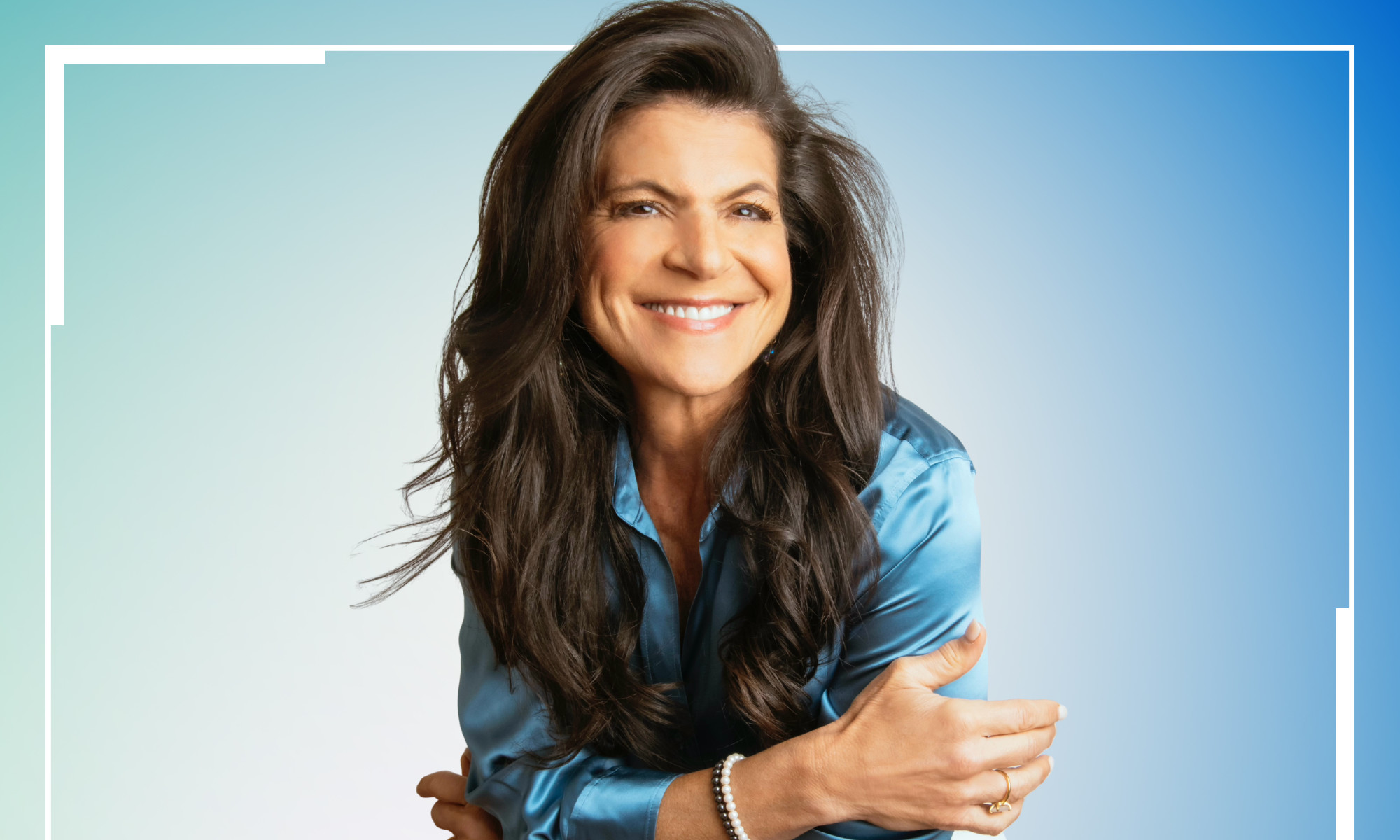Buy now, pay later for groceries—why shoppers are using delayed payments for basics
Increasingly, consumers are turning to buy now, pay later services to pay for their groceries amid record-high prices.

There’s a running joke on Twitter about record-high food prices pushing consumers to use buy now, pay later services like Klarna to buy eggs. But that joke might not be far from the truth. New purchase data suggests that more shoppers are using buy now, pay later to afford their weekly grocery bills, as costs of essentials continue to skyrocket.
In the first two months of this year, the share of buy now, pay later orders for groceries increased 40% over the year-earlier period, according to research released today from Adobe Analytics, which analyzed U.S. e-commerce data. The jump was the most of any category—home furnishings grew 38% for the same period, apparel rose 8% and electronics declined 14%, Adobe found.
Consumers are likely using buy now, pay later services for groceries in order to take advantage of special promotions and stock up on staples, said Vivek Pandya, lead analyst ad Adobe Digital Insights.
Indeed, food prices are so high from inflation that some retailers are even turning away from certain products. Last week, discounter Dollar Tree confirmed that it is no longer selling eggs because they have become so expensive—prices for a dozen eggs are now around $4.20.
At the same time, more consumers are buying their groceries online regularly, a behavior hastened by the early lockdowns of the pandemic when stores were closed. A recent Online Grocery Shopping Report from digital shopper marketing platform Chicory found that 56% of consumers said they are ordering groceries online more frequently now than they were a year ago.
Similarly, more consumers are turning to buy now, pay later services, which include brands such as Klarna, Affirm and Zip, to delay having to pay for goods upfront. For example, NerdWallet recently ran a survey and reported that 78% of Americans used buy now, pay later services between 2021 and 2022. Such services are available at stores including FreshDirect, Walmart, Kroger and Target.
“Buy now, pay later is one way Americans are dealing with the rising costs of essentials,” said Ronita Choudhuri-Wade, a personal loans expert at NerdWallet. But she cautioned that the category is facing increased scrutiny by the Consumer Financial Protection Bureau and could see increased regulation in the future, which could change how brands market their services.
“[Buy now, pay later] can be a handy tool to pay for expenses, but its convenience can quickly lead to overspending,” she said. For example, some consumers may be inclined to take on multiple buy now, pay later services to manage different bills, which could lead to heavy debt.
While Klarna did not respond to an inquiry about its marketing regarding groceries specifically, a spokeswoman said, “We believe in giving consumers greater choice—and that, regardless of what the purchase is, BNPL is a healthier and more sustainable option compared to high-cost credit cards that encourage minimum payments, keeping people in debt longer with extortionate interest.” She pointed to recent Klarna research that found that while over a third of U.S. shoppers use credit cards to pay for groceries online, over half of that group have been charged interest and 34% have missed payments.
But Klarna has had its own struggles. The Swedish company underwent two rounds of layoffs last year, reducing its workforce to 6,000 from 7,000, according to reports. The company expects to be profitable this summer.

 JaneWalter
JaneWalter 































